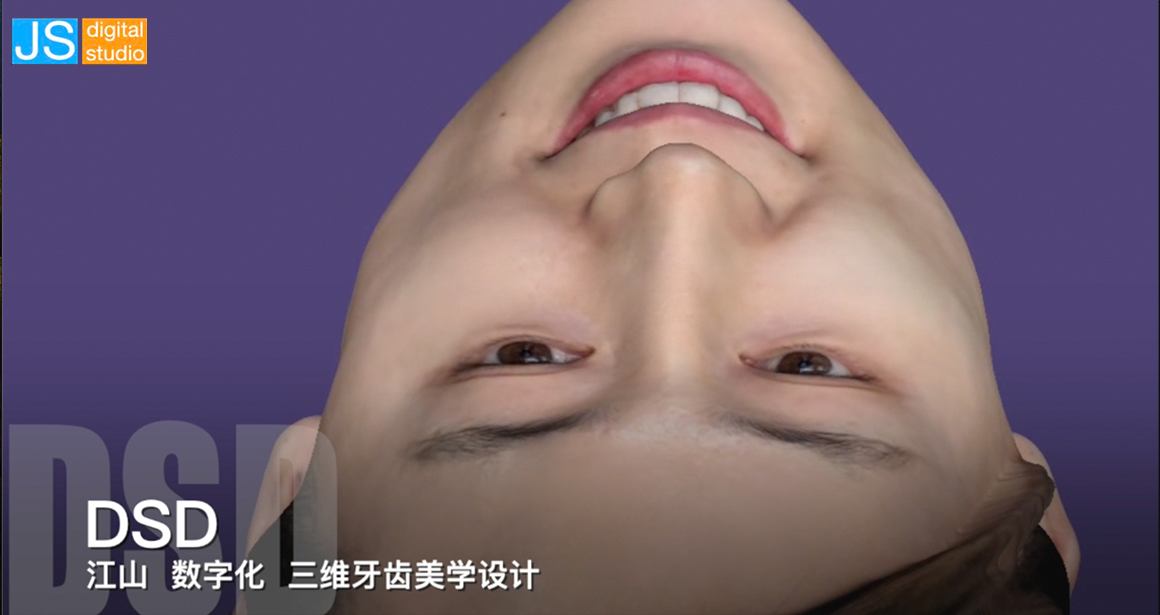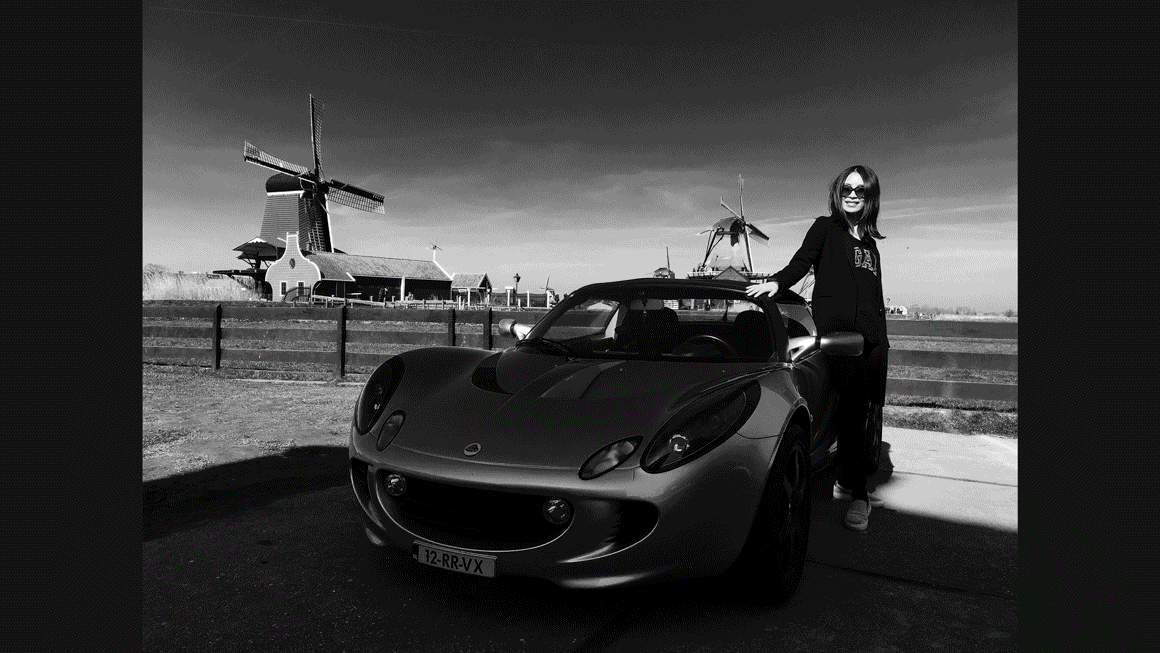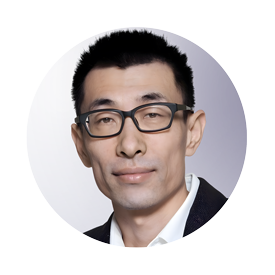Picture-perfect smile design
As chief dentist at the Naya Dental Clinic in Beijing, China, Dr. Jiang Shan has tried out most of the restoration design software on the market. He says what sets exocad software apart is the consistent reliability and advanced tools that help him deliver predictable results to his high-level clientele. Jiang shares his favorite DentalCAD 3.2 Elefsina features and offers tips on getting great images for smile design cases.
Q: Which exocad software do you use and why?
A: Since 2016 or 2017, I’ve used exocad software to do restorative designs like crown, bridges and veneers, as well as cases with implant bridge designs. I use DentalCAD and Smile Creator because I find exocad software to be very user-friendly, a good balance of time and cost, and the tools provide me with a faster and smoother workflow.
“DentalCAD 3.2 Elefsina’s margin preparation tool offers more accuracy in modifying the scan data and margin line, which is very useful for cleaning up intraoral scan data.”
Q: Have you tried out the new release DentalCAD 3.2 Elefsina?
A: I tried it for the first time a few weeks ago. The most interesting feature for me is post and core. The new Elefsina version lets you do the top crown and substructure with one workflow. Also, DentalCAD 3.2 Elefsina’s margin preparation tool offers more accuracy in modifying the scan data and margin line, which is very useful for cleaning up intraoral scan data. You can control and modify the margin line. With the new DentalCAD UI design, you can easily identify the correct margin line with the subgingiva and supragingiva mode during the margin line detection.

Esthetic veneer try-in completed by Dr. Jiang Shan, designed in DentalCAD.

This is a 3D smile design combined with a face scan. Observe the curve of the smile aligned with the curve of the patient’s lip.
Q: At your clinic, you have a very high-end clientele. Has the smile design program Smile Creator influenced your communication with patients? Do they like seeing their smile designs before treatment begins?
A: Yes, it does. I take the photo and intraoral scan data and start the preview for their smile design. That way the patient can see a proposal right at the beginning. I then combine it with a 3D face scan and digital smile design to create a clip-on smile/mockup. I can try this out in the patient’s mouth, which helps the patient see what the new smile will look like and makes it more likely for them to accept the treatment proposal.
“It is always important to take a correct patient picture before you proceed to the smile design, otherwise, the image will be useless.”
Q: I’ve heard that you’re a great photographer. Do you have tips for colleagues who want to take better pictures for their digital designs?
A: I give a lot of digital smile design photo shooting courses to dentists. It’s not only about the face. It’s important to consider the mouth area. It is always important to take a correct patient picture before you proceed to the smile design, otherwise, the image will be useless. If possible, it’s ideal to take pictures with a professional camera and lens and to use a tripod. The hands are too shaky. With a tripod, you get a more correct level. Also, when you take a close-up picture of the patient’s mouth area, angle control is very important. If the picture is taken from a downward angle, the patient’s smile line will become bigger. If the picture is taken from an upward angle, then the smile line will be reversed. Of course, if you don’t have a professional camera, you can use a mobile phone, but you need to pay attention to where the photo device is positioned. For example, when taking pictures of a patient's mouth, you could use a 50 mm or 100 mm macro, but not a wide angle to get the shot.
Jiang also uses his photography skills outside of the clinic.
Q: What current developments in China’s dental field do you find the most interesting or important?
A: The fast development of the Chinese digital industry is having a big influence on the global market. You can see it in how there are so many intraoral scanners coming from Chinese companies at affordable prices. The hardware manufacturers in China are also having a positive impact on the labs in China. The labs are increasingly buying hardware and software from Chinese companies and becoming part of the growth chain of the digital industry. Another trend here is the growth of artificial intelligence. There are companies in China very interested in developing AI solutions for the dental industry.
Q: What’s your favorite tooth?
A: The front anterior tooth. In comparison to the other teeth, it is quite easy to design but the simple things are often complex. With anterior teeth, it’s important to get your coloring and shape correct. When you are doing porcelain with anterior teeth, you should be very careful with the color to get a natural rendering.
Q: If you could give advice to your younger self, what would you say?
A: Learn more about digital technology—the earlier, the better. Digital technology will make your traditional work more interesting because you can combine it with a digital workflow.
Q: One word for exocad?
A: Professional
Read the interview in Chinese
Dr. Jiang Shan graduated from the Department of Stomatology, at Capital Medical University, in Beijing, China, in 1989. He was director of the Beijing Jingliang Dental Clinic from 1990 to 1994. From 1995 to 2005, Dr. Shan was General Manager and Technical Director of Ivoclar Vivadent China. He has worked as a key opinion leader for international dental companies. Since 2005, he has been the Chief Dentist of Beijing Naya Dental Clinic. In 2019, he had a CCTV-featured interview on Dental Digital Technology.

by Caitlan Reeg
Writer at exocad
Caitlan Reeg spends her days telling the world about the innovations her colleagues create. She’s passionate about healthcare, technology, and the ways the two interact to improve our lives. A former journalist, Caitlan has worked on staff at Dow Jones Newswires in Frankfurt and at the national public radio program Marketplace in Los Angeles.







